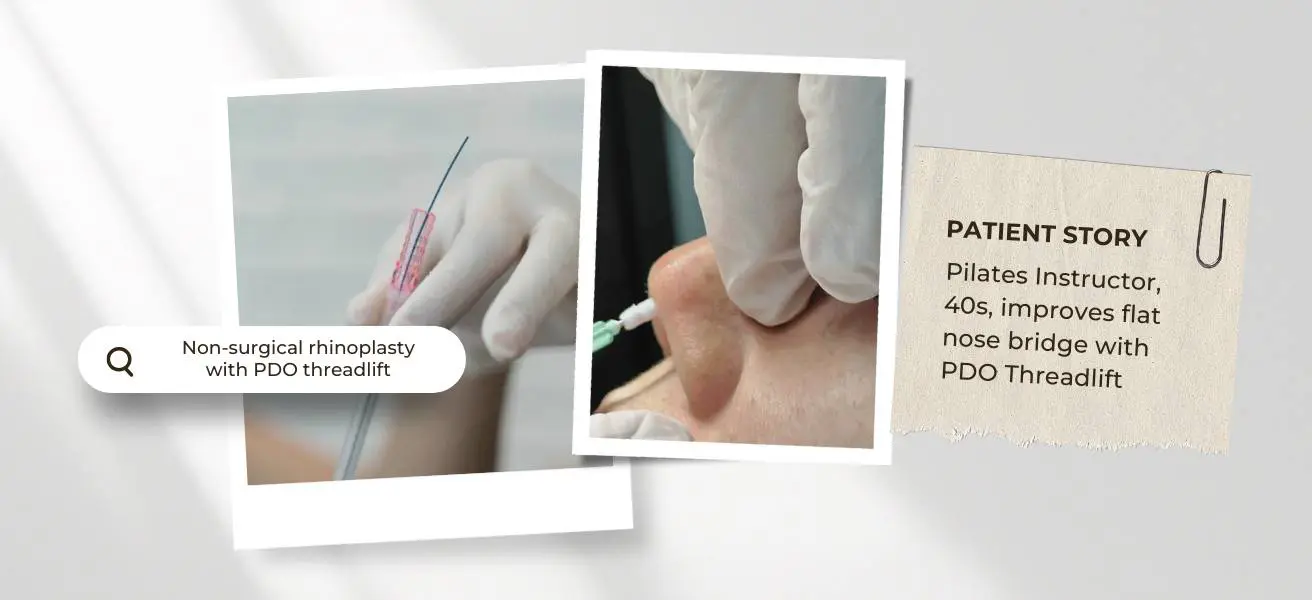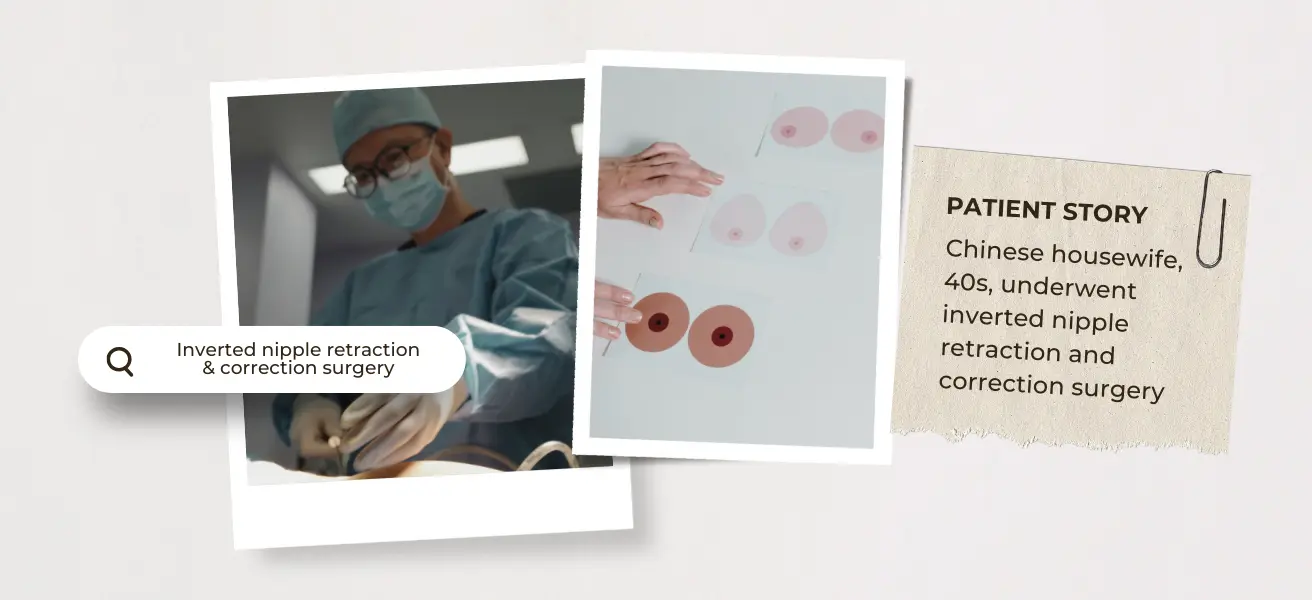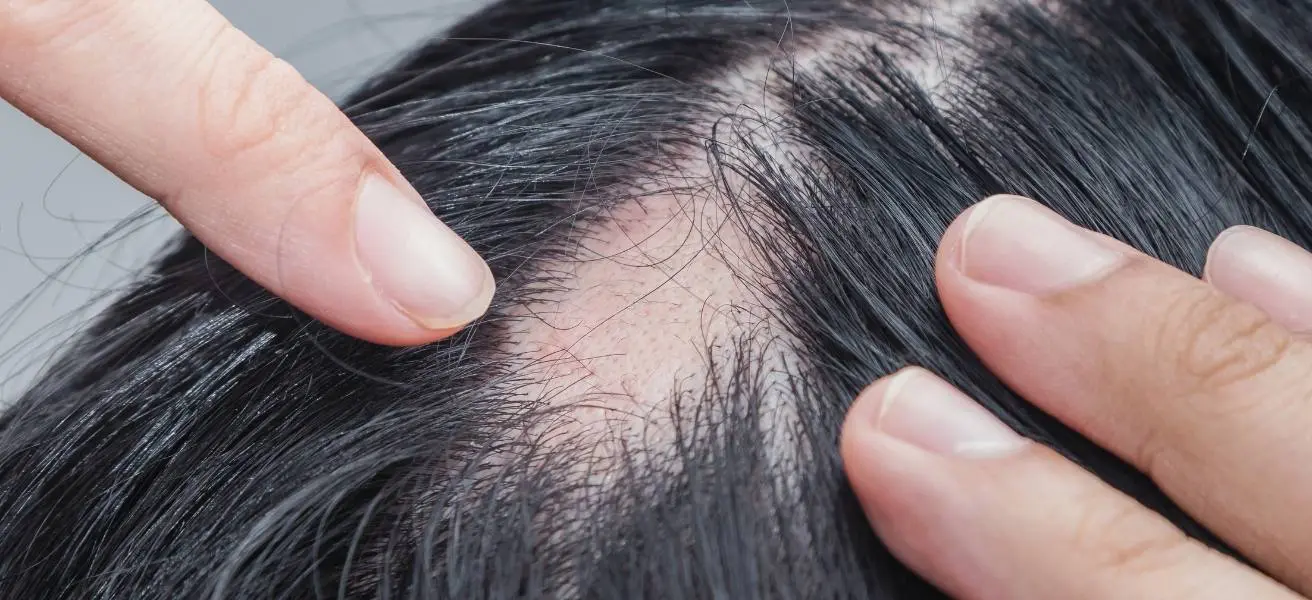"Abs are made in the kitchen." Weight loss, just like abs, also starts in the kitchen. Here are some healthy dietary habits to consider.
Table of Contents
Dermal fillers are injectable substances designed to restore volume, smooth out lines and folds, and enhance facial contours. The results are impressive, allowing you to achieve a naturally younger appearance without undergoing surgery.
Over time, when you keep “topping up” your dermal fillers to maintain the results, especially when the dermal fillers that are injected in less desirable areas keep getting refilled, it can lead to an undesirable appearance commonly referred to as a "pillow face!"
Pillow Face: The overinflated cheeks overfilled syndrome
Pillow Face is a term that describes a facial appearance that is overly swollen, out of proportion, or puffy. It typically occurs when too much filler is injected, particularly in areas like the cheeks.
Common signs or characteristics of someone experiencing pillow face include:
- Overly rounded cheeks
- Loss of facial contours
- Puffy under-eye area
- Tight, shiny skin
- Overall bloated appearance
Causes of pillow face
Overfilling
The most common cause of the pillow face appearance is the excessive use of dermal fillers. When too much filler is injected, the face's natural contours are lost, resulting in tight and swollen skin.
Misplaced filler
Injecting filler into areas that do not need much volume can create an uneven or puffy appearance.
Layering of fillers
Repeated filler treatments without allowing the previous filler to fully dissolve can lead to an accumulation of filler over time. This "layering" effect results in excessive fullness.
Use of thick, long-lasting fillers in the wrong area
Using thicker or more permanent fillers in areas that don't require a lot of volume can create a lasting, overfilled look.
Filler migration
Occasionally, fillers can migrate from the original injection site to nearby areas, resulting in an unnatural fullness beyond the treated areas.

Understanding Filler Migration: How and why it happens
Dermal fillers should not significantly increase in size over time if they are administered and maintained properly. However, what some people perceive as fillers "expanding" or becoming more noticeable may actually be due to filler migration, overfilling, inflammation, or natural changes in the surrounding tissue.
Filler migration occurs when the filler moves from the injection site to adjacent areas. Over time, this shifting can create the appearance that the treated area has increased in size or that the filler is localised in unintended areas.
When additional dermal fillers are applied during multiple treatment sessions, it can lead to an overfilled appearance, making the area look larger as time goes on. The body may not fully absorb the filler between treatments, resulting in a cumulative effect of volume buildup.
Long-term swelling or inflammation can also create the illusion that fillers are "expanding." This might be due to a delayed allergic reaction, irritation from repeated injections, or fluid retention in the treated area.
As we age, our skin naturally loses collagen and fat, which can impact the appearance of the fillers. This natural loss of volume can make the fillers more noticeable, even if the fillers themselves have not increased in size.
To prevent pillow face with filler, choose an experienced doctor
Dermal fillers are a powerful tool for enhancing facial aesthetics, but achieving a natural and safe result requires choosing the right doctor (as the skill and experience of the doctor are the most critical factors for achieving safe, natural-looking results), using the correct type of filler, and following a careful and thoughtful approach to the treatment.
When done correctly, fillers can beautifully restore volume, smooth lines/folds, and enhance facial features. Choose an experienced doctor as the skill of the doctor is crucial in achieving natural-looking results.
To maintain a youthful appearance without risking the pillow face look, here are our tips on what to do:
Use the Right Amount of Filler
Start with a conservative amount of filler and gradually add more if necessary.
Allow Time Between Treatments
Avoid getting multiple treatments too soon after each other. Let the filler settle and dissolve naturally before opting for more injections.
Understand Your Facial Structure
Every face is unique, and what works for one person may not work for another. A good doctor will understand how to enhance your natural features without making your face look artificially full.
Opt for Temporary Fillers
Hyaluronic acid-based fillers are a safer option since they can be dissolved if too much filler has been injected or if migration occurs.
Ways to reverse the pillow face effects
Potential adverse effects of dermal fillers on the lymphatic system are typically manageable. Ensuring that fillers are placed correctly by an experienced doctor can help minimise the risk of the related side effects.
If you experience a pillow face, there are ways to correct it.
Hyaluronidase for HA Fillers
If the overfilled look is caused by hyaluronic acid-based fillers, an enzyme called hyaluronidase can be injected to dissolve the excess filler, helping to reduce the puffiness and restore a more natural appearance.
Time
In cases where non-HA fillers are used, you may need to wait for the filler to naturally break down and be absorbed by the body, which can take 12-24 months or more.
Surgical Intervention
In rare cases, for long-lasting or semi-permanent fillers, surgical removal may be needed to correct excessive volume or migration issues.
Interested in facial definition or revolumisation? Contact us now!
If you are looking for a qualified medical aesthetics doctor to enhance your facial appearance and achieve a more youthful look, we invite you to schedule a private consultation with Dr Ivan Puah. With his experience, skill set, and keen aesthetic eye, Dr Puah is dedicated to providing safe and effective treatments.





























